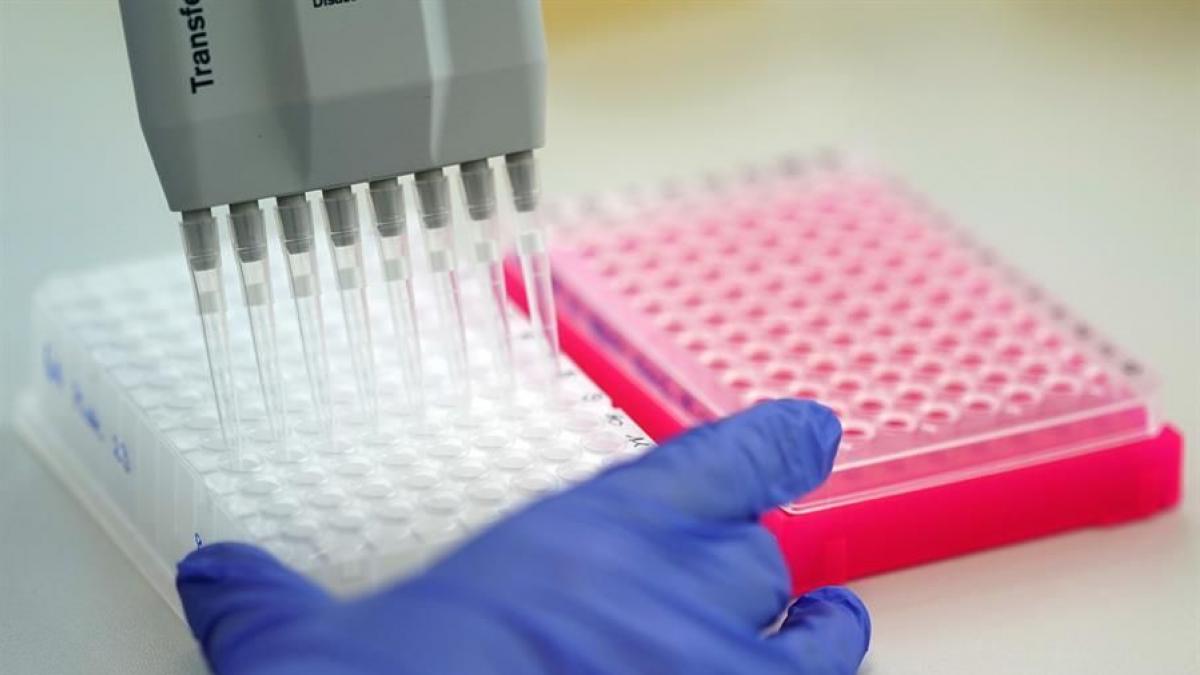Creating organoids from amniotic fluid cells is key to treating disease

Deciphering embryonic development is essential to understanding and treating diseases that will affect us for the rest of our lives, and science has just taken a giant step towards this understanding thanks to creation of organoids from stem cells obtained from amniotic fluid of 12 fetuses.
Organoids are simplified and realistic versions of organs. They are produced in vitro by culturing stem cells and help scientists understand the real organs they model.
In a study published this Monday by the journal Natural medicineA multidisciplinary team of researchers created organoids of several tissue types (lung, kidney or intestine) from a culture of cells collected in the last weeks of pregnancy from samples of amniotic fluid (the fluid that surrounds and protects the fetus as it grows). ..it’s growing).
New source of cells
This first time this new cell source is usedamniotic fluid obtained through minimally invasive sampling during late stages of pregnancy to obtain organoids.
Until now, the creation of these organoids for prenatal research has been done from harvested fetal tissue. opening through biobanks and under great ethical and legal restrictions.
But this time, the researchers were able to obtain samples of human amniotic fluid epithelial cells collected during prenatal studies in 12 pregnancies in the period from 16 to 34 weeks.
Through single-cell sequencing, the authors characterized the nature of each cell and were able to isolate stem cells of gastrointestinal, renal, and pulmonary origin.
How is a fetal organoid created?
To see if these cells could be used to create organoids, the scientists seeded them in the laboratory and watched as they began to multiply and self-organize into three-dimensional organoids that became visible in just two weeks.
They discovered that cells form primary fetal organelles from specific tissues of areas of the human body, such as small intestine, kidneys and lungsand this represented the functional characteristics of the tissue of origin from which they arose.
For example, using this technique, they were able to obtain lung organoids from stem cells of the amniotic fluid of fetuses affected by congenital diaphragmatic hernia, and observe how this pathology was formed.
This rare condition, which develops in some babies during the early months of pregnancy, causes a hole in the diaphragm that can cause serious complications.
“Our results offer an alternative method for generating fetal organoids that could be fundamental for better understanding the later stages of development during pregnancy and for make progress in the study of congenital anomalies“, one of the authors, a researcher at University College London, Francesco Mattia, emphasized at a press conference.
Treat during pregnancy
Mattia emphasized that this research paves the way for the creation of “fetal organoids during ongoing pregnancy to development of personalized therapy against many pathologies.”
We are facing “a new approach to modeling congenital pathologies” by creating human organoids from this new cellular source, highlighted Nuria Montserrat, ICREA Research Professor at the Institute of Bioengineering of Catalonia (IBEC) in a reaction collected by the Science Media platform. Spain.
The study “describes how organoids from the small intestine, kidney tubules and lungs expand and can functionally mature with great potential for regenerative medicine and personalized disease modeling,” said Iván Fernández Vega, scientific director of the Biobank of the Principality of Asturias (BioPA). ), on the same platform
“This progress,” he added, “ will allow research to be carried out during ongoing pregnancyhaving the ability to provide real-time solutions in the future, with analysis during pregnancy, potentially leading to more personalized and effective treatments.”